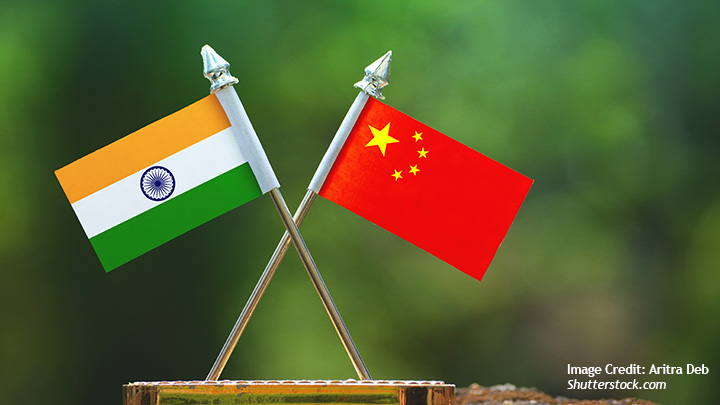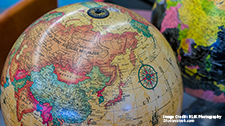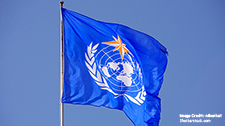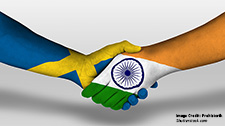The Trump Effect: Will India Lean Into the China Thaw in 2025?

Jagannath Panda
Reversing the trend that India and China ties have witnessed in the last half-decade, the coming year is unusually optimistic. For the first time in recent history, bilateral hostilities have taken a backseat, even if straightforward cooperation and trust are still missing. Nonetheless, despite the upward outlook, China’s uneven trajectory with India during the Xi Jinping era continues to warrant a cautious reading of current events. Add to the mix a resurgent Donald Trump, and the China-India thaw looks even more capricious.
Around mid-December, India and China concluded the 23rd meeting of Special Representatives for the China-India Boundary Question in Beijing. The representatives – China’s Foreign Minister Wang Yi and India’s National Security Adviser Ajit Doval – primarily embraced the need to advance “effective border management” for maintaining “peace and tranquility on the border.” Despite the phrasing, China watchers know that the latter remains a clichéd phrase used regularly in such briefings. Yet, the expansion of bilateral relations was tied to the success of future meetings between the representatives, which the latest talks highlighted.
A couple of months earlier in October, the two sides had also reached a landmark disengagement pact on patrolling border areas in Depsang and Demchok along the Line of Actual Control (LAC) – the de facto border, which itself is contested.
At the outset, such a dual promise seems in tune with the flurry of national and international headlines marking the start of a new chapter for India and China in resolving their disputes. However, on closer examination, the bonhomie seems burdened by multiple factors, most notably their leadership.
The timing of these “positive” developments is also especially remarkable: amid the flourishing India-U.S. engagements and the imminent return of Donald Trump as the U.S. president. Trump has already indicated a rough trajectory ahead with Beijing, with China hawks as his national security picks. Even vis-à-vis India, Trump’s unpredictability will usher in challenges, New Delhi’s immediate uncomplicated positive reaction to the Trump victory notwithstanding. How the China-India-U.S. triangularity plays out in the coming months and years would be one of the more compelling narratives to watch out for in the regional and global landscape.
Against this scenario, what are the expectations for the year 2025? How far will the thaw sustain China-India ties in 2025 and beyond? Can the incoming Trump administration muddy the waters of the apparent China-India budding warmth in ties? Or will it be business as usual? Where does the Global South feature in this unending saga of India-China rivalry?
Related Publications
-
Minilateralism and the new Indo-Pacific order: Theoretical ambitions and empirical realities
This introductory paper sets the stage for the research essays in the special issue titled “Minilateralism and the new Indo-Pacific order: theoretical ambitions and empirical realities”. It provides an overview […]
-
Repurposing the United Nations to Address the Climate Crisis on the Tibetan Plateau
The futures of people along China’s western frontier changed dramatically with the annexation of Xinjiang in 1949 and Tibet in 1950. When Communist China emerged from decades of isolation in […]
-
Going for Gold on the Tibetan Frontier
In 2025, China is hungrier than ever for gold, as an abiding holder of accumulated wealth, in a time when even the biggest Chinese real estate builders, tech entrepreneurs, exam […]
-
ISDP-Embassy of India in Sweden Dialogue Calls for Focusing Momentum in India-Sweden Ties
Focus on six key areas: Science & Technology, Innovation, Energy, Sustainable Development, Defense, and Trade Economics. The partnership between India and Sweden can be replicated as a model for the […]
-
India-Sweden Strategic Compass: January-February 2025
The evolving geopolitical landscape, particularly marked by the U.S.-China rivalry, is indeed prompting nations to reassess their diplomatic strategies and realign their foreign policies. For countries like India and Sweden, […]




